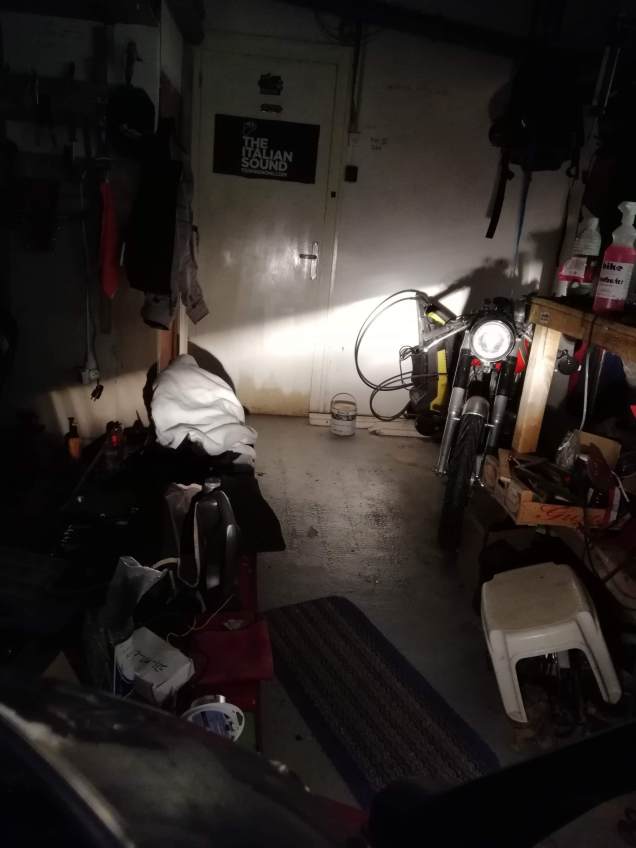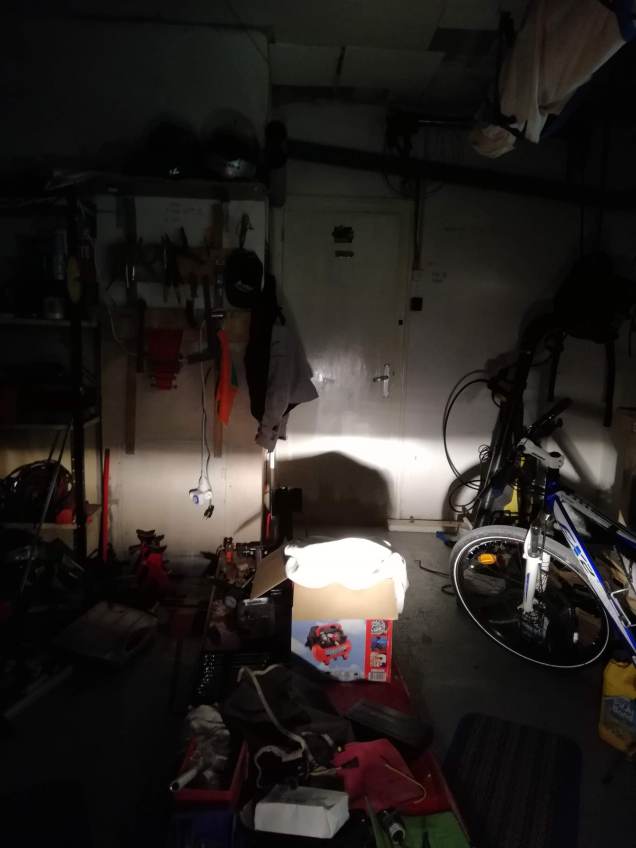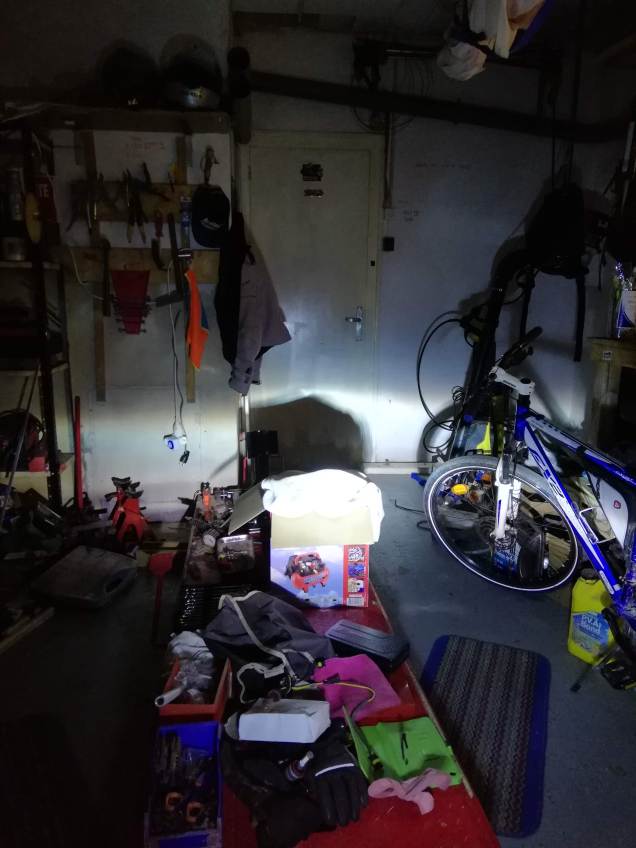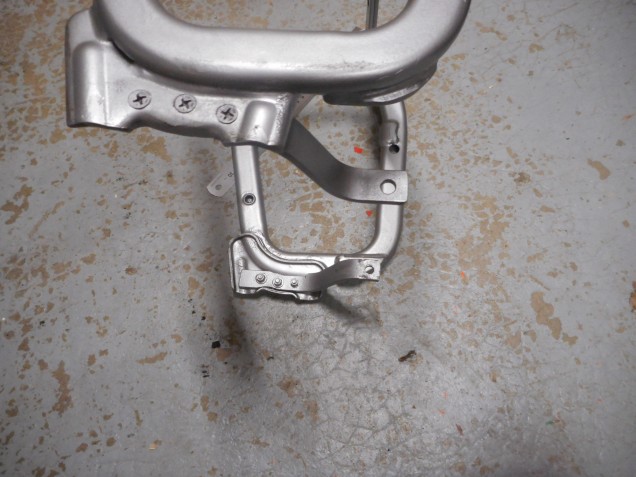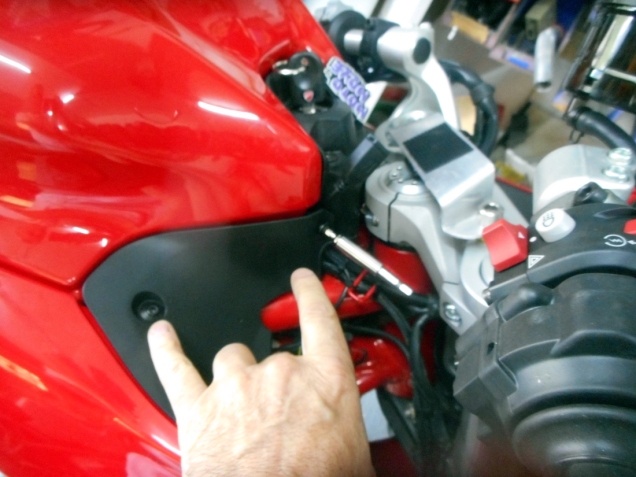Further to my previous post, I should really explain what I am thinking about.
The incandescent bulb used in car and bike headlights has not been used for so many years now. I still have the 1967 Ducati 250 which has one as standard, and can remember that some cars from the 1970s had them, but halogen with its extreme white light (or so we all thought at that time) replaced that technology. The vast majority of both of these types of bulb were fitted into a reflector headlight, the incandescent and early halogen reflector headlight had a complex glass which bent the light to give a beam pattern. The later halogens had a clear glass as the beam pattern was computer designed within just the reflector and a clear, normally plastic, glass could be fitted. These clear glass models are perfect to fit a projector headlight inside as a retrofit, even with a halogen bulb.
The next tech was HID xenon that came with a ballast in the supply due to the high voltages and was very expensive to the tune of a £1000+ option on a BMW. A true HID xenon should only be fitted inside of a projector headlight as that is the only way to ensure an accurate low beam cut off. In a reflector headlight without a projector fitted inside, this tech will just blind other drivers as the light filament inside the bulb is not in the perfect position as the halogen bulb would be, the reflector was designed for that halogen bulb. In many of my previous posts I have detailed how to fit a projector into reflector headlights and how to use either halogen or HID xenon in those projectors. Some posts even talk about using what is known as a bi-xenon projector, this name is misleading as it is just a single projector that had both dip and high beam all in one, it can be fitted with either a halogen or a HID xenon system. The following picture is one such retrofit projector, they are all over ebay.

These are normally either 2.5 or 3 inches in diameter. The pack of rings show that these will fit into a reflector headlight with a H4 or H7 bulb as the standard fitting. The projector itself has a H1 bulb base so can be used with a halogen H1 or a HID xenon H1 and a ballast. The trouble with this conversion is that first of all you need to have a clear lens reflector headlight for it to shine through, and secondly you need to be able to remove the glass (perspex) from the reflector to fit the projector inside, and then glue it back together. When fitted this projector does not use the reflector of the original headlight at all, you can paint it black if you want.
The next technology is LED. There are many people out there who fit LED bulbs into reflector headlights, this will never work for the same reasons as HID xenon should not be fitted. An LED is a small square light source giving very directional light output in comparison with a halogen filament that gives light in every direction, 360 degrees. Not one single car or bike manufacturer fits such a bulb into a reflector headlight as it cannot work to the expected beam patterns.

These are LED bulbs with a H7 base. You can see that the LEDs are on two sides with no light at 90 degrees to those LEDs. They also have a fan on the base to keep them cool. My bin is full of different versions of these cheap and easy to fit bulbs as none of them give a correct beam pattern in a reflector headlight, and none of them give out as much light as a halogen bulb in a reflector.
It is now possible to buy complete, full sized, retrofit projectors with LED technology. They are more expensive than the ones in picture one, but they are designed as a complete unit and do the job very well. These do not always use the solenoid operated flap to open the high beam, but use another LED or a laser to give that function, they can be recognised by a more complicated lens design. The following picture shows this.

These are probably the ultimate LED projector retrofit for any vehicle.
The next tech that has appeared is the mini projector. It is also LED powered and is small enough to fit through the hole where a standard halogen H4 bulb fits, into the rear of the headlight. Nothing more than a bulb change, no headlight removal, no glass removal, an easy fit. Here is the picture:

At the bottom is the fan. On the right side of the unit on the right, you can see the silver tube that shines an LED through the lens at the top giving a perfect dip beam cut off. The left picture shows the high beam LED which will use the standard headlight reflector to give the main beam, so you cannot paint the reflector black with this one! These are the ones that I have ordered for the girlfriends Mini Cooper. These seem to also be available with the Laser main beam and a complex lens design as a miniature version of picture three, but as these are quite a new idea, I shall not consider testing these yet.
In conclusion: HID xenon was a great but short lived technology that really needed an automatic light levelling system and headlight washers to be fully legal in many countries, I would not consider using these now. Halogen still has a place for low cost applications. LED is the system of choice now and will be here for a long time, in my opinion. LED also generally uses less power than anything else for older vehicles with older charging systems.


